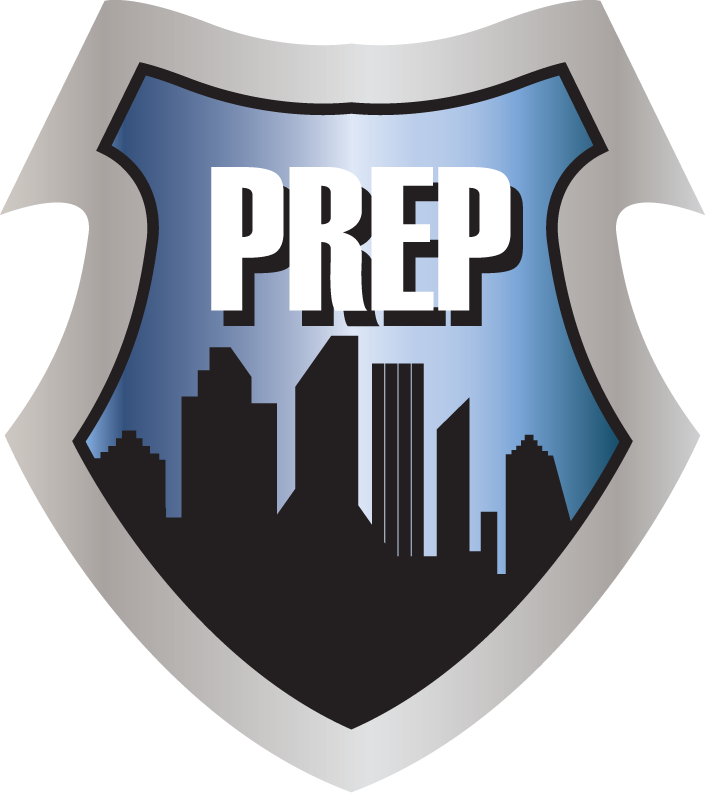Washing Machine Hoses Ready To Burst?
 There are some obvious risks in the home, but an often overlooked disaster waiting to happen is the hot and cold hoses going to the back of your washing machine. They fail and cause serious floods so often that property owners should take the time to consider and even purchase special insurance policies in the event of a disaster. Most homeowners are simply not aware of the impending issue of old or faulty washing machine hoses. One single malfunctioning hose can result in hundreds or thousands of gallons of water flooding your home or building.
There are some obvious risks in the home, but an often overlooked disaster waiting to happen is the hot and cold hoses going to the back of your washing machine. They fail and cause serious floods so often that property owners should take the time to consider and even purchase special insurance policies in the event of a disaster. Most homeowners are simply not aware of the impending issue of old or faulty washing machine hoses. One single malfunctioning hose can result in hundreds or thousands of gallons of water flooding your home or building.
In a normal home plumbing system, water comes out of a washer hose at about 600 gallons per hour (that’s six gallons per minute). Since the hoses are always “on,” water will flood from a broken hose until someone notices it and turns off the main valve.
The Institute for Business and Home Safety says that water damage from washing machines is one of the top five causes of claims to home insurers. A single broken hose can lead to flooding overnight creating a serious and expensive disaster, and not every faulty washing machine hose shows visible “warning signs” of an imminent flood.
Since faulty washing machine hoses are among the top five causes of home insurance claims involving flooding, that alone should be reason enough to replace hoses older than five years.
How Does This Happen?
- Hoses get old and fail, including the rubber that’s used to make the hoses themselves. The failure rate for washing machine hoses increases drastically if the parts are older than five years, with 4 out of 5 hose breaks occurring before a hose reaches the ten-year mark!
- Washer Hoses have the same water pressure as faucets, but those faucets often have copper or strong vinyl lines to transport water. A typical rubber washer hose, however, can experience deterioration over a few short years, regardless of the quality of the material or simple time and usage.
- Supply lines are always under pressure and the amount of water that they can produce is significant. Up to 600 gallons per hour can pour out of those hoses, which is an incredible amount of water if the problem is neglected for that duration. Even if noticed within half the time, that’s still 300 gallons! That can equal a half an inch of standing water in a 1,000 square foot space. You now have a major disaster.
What You Can Do:
- Washer hose inspections regularly. Both hot and cold washer hoses should be inspected for noticeable damage, including bulges, cracks, any discoloration, and bending (or kinks) in the line. Leaks will be a more obvious sign, but at a minimum you should look at the entire hose every 5 or 6 months.
- Older and faulty hoses need to be replaced, NOW. Don’t delay in replacing any part that may shows signs of imminent failure. You could easily be asleep (or away on vacation) resulting in, at the very least, 4-6 hours of unchecked, unregulated water pouring into your home. Have hoses replaced immediately to avoid the issue, since there’s no reason to gamble with flooding. We recommend wire-reinforced hoses, available at your local plumbing supply store – they will greatly reduce the risk of burst hoses and serious flooding.
Author: Dick Wagner





